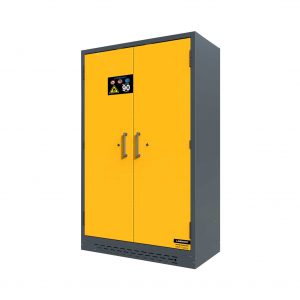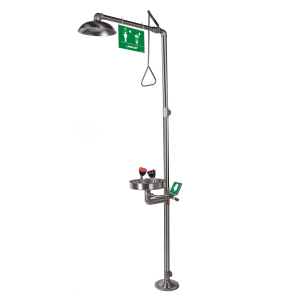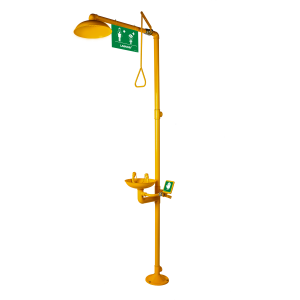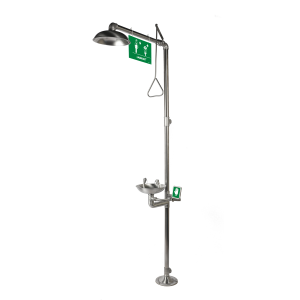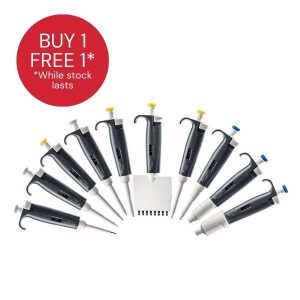-
Type 90 Minutes Safety Storage Cabinets FLAB9120
1. Doors lockable with cylinder lock
2. Integrated air ducts ready for connection (DN 75) to a technical exhaust system can be used for the extraction of hazardous substances vapours
3. Extremely robust design with scratch-proof surface
4. Door lockable with cylinder lock, the cabinets can be integrated by the customer into an existing locking system
5. Doors stay in place at any opening angle for a more convenient handling of containers
6. Integrated transport base for simple inhouse transport, cabinet can be transported upright through doors -
Safety Showers and Eyewash SS3011
In general, the ANSI standard provides that emergency equipment be installed within 10 seconds walking time from the location of the hazard. The equipment must be installed on the same level as the hazard (i.e. accessing the equipment should not require going up or down stairs or ramps). The path of travel from the hazard to the equipment should be free of obstructions and as straight as possible. Users of the equipment should not have to walk around machinery or other obstacles to reach the unit.
However, there are certain circumstances where these guidelines might not be adequate. For example, where workers are handling particularly strong acids, caustics or other materials where the consequences of a spill would be very serious, emergency equipment should be installed immediately adjacent to the hazard. Laboratory environments also require special consideration. -
Emergency Showers and Eyewash with Epoxy SS3001Y
In general, the ANSI standard provides that emergency equipment be installed within 10 seconds walking time from the location of the hazard. The equipment must be installed on the same level as the hazard (i.e. accessing the equipment should not require going up or down stairs or ramps). The path of travel from the hazard to the equipment should be free of obstructions and as straight as possible. Users of the equipment should not have to walk around machinery or other obstacles to reach the unit.
However, there are certain circumstances where these guidelines might not be adequate. For example, where workers are handling particularly strong acids, caustics or other materials where the consequences of a spill would be very serious, emergency equipment should be installed immediately adjacent to the hazard. Laboratory environments also require special consideration. -
Safety Showers and Eyewash SS3001
In general, the ANSI standard provides that emergency equipment be installed within 10 seconds walking time from the location of the hazard. The equipment must be installed on the same level as the hazard (i.e. accessing the equipment should not require going up or down stairs or ramps). The path of travel from the hazard to the equipment should be free of obstructions and as straight as possible. Users of the equipment should not have to walk around machinery or other obstacles to reach the unit.
However, there are certain circumstances where these guidelines might not be adequate. For example, where workers are handling particularly strong acids, caustics or other materials where the consequences of a spill would be very serious, emergency equipment should be installed immediately adjacent to the hazard. Laboratory environments also require special consideration. -
8-channel Pipette
*Buy 1 Free 1 Promotion, while stock lasts
A pipette is a device used to transfer liquid quantitatively. In the research of analytical testing, a pipette is generally used to transfer small or microliter amounts of liquid.
VOLUMES AVAILABLE:
•SPIP-B10: Volume Range: 1-10 μL, Increment: 0.1 μL
•SPIP-B300: Volume Range: 50-300 μL, Increment: 1 μL
•SPIP-B1000: Volume Range: 100-1000 μL, Increment: 5 μL -
Single-channel Pipette
*Buy 1 Free 1 Promotion, while stock lasts
A pipette is a device used to transfer liquid quantitatively. In the research of analytical testing, a pipette is generally used to transfer small or microliter amounts of liquid.
VOLUMES AVAILABLE:
•SPIP-2.5: Volume Range: 0.1-2.5 μL, Increment: 0.05 μL
•SPIP-10: Volume Range: 1-10 μL, Increment: 0.1 μL
•SPIP-20: Volume Range: 2-20 μL, Increment: 0.1 μL
•SPIP-100: Volume Range: 10-100 μL, Increment: 1 μL
•SPIP-200: Volume Range: 20-200 μL, Increment: 1 μL
•SPIP-1000: Volume Range: 100-1000 μL, Increment: 5 μL
•SPIP-5000: Volume Range: 1000-5000 μL, Increment: 50 μL
•SPIP-10000: Volume Range: 1-10 mL, Increment: 100 μL

